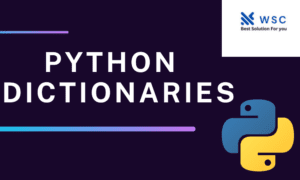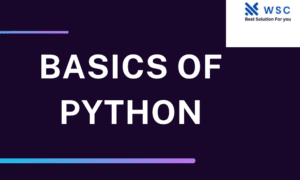In the ever-evolving landscape of Artificial Intelligence (AI), data quality remains paramount. Raw, messy data can hinder the performance of AI models, leading to skewed results and flawed predictions. To harness the true potential of AI, one must first master the art of data cleaning and exploration. In this comprehensive guide, we will delve into the importance of these fundamental steps and equip you with the knowledge and practical skills to excel in the field of AI.
Why Data Cleaning and Exploration Matter
Data Quality and AI Performance
Data is the lifeblood of AI. The quality of your data directly impacts the accuracy and reliability of your AI models. By cleaning and exploring your data, you can identify and rectify issues such as missing values, outliers, and inconsistencies, ensuring that your AI algorithms have a solid foundation to work from.
Insights Hidden in Data
Data exploration is not just about data preparation; it’s also about discovering hidden patterns and insights. Through exploratory data analysis (EDA), you can unveil valuable information that may guide your AI model’s feature selection and engineering process, ultimately leading to more robust and effective AI solutions.
Practical Steps: Data Cleaning and Exploration
1. Data Cleaning Techniques
Learn essential data cleaning techniques, including handling missing values, smoothing noisy data, and handling outliers. We’ll walk you through practical examples and code snippets to illustrate these concepts in action.
# Example: Handling Missing Values
import pandas as pd
# Load dataset
data = pd.read_csv('data.csv')
# Handle missing values
data.dropna(inplace=True)
2. Exploratory Data Analysis (EDA)
Discover the power of EDA in unraveling data mysteries. We’ll guide you through the process of visualizing data distributions, correlations, and patterns using tools like Matplotlib and Seaborn.
# Example: Creating a Scatter Plot
import matplotlib.pyplot as plt
import seaborn as sns
# Visualize data using scatter plot
sns.scatterplot(x='feature1', y='feature2', data=data)
plt.title('Scatter Plot of Feature1 vs. Feature2')
plt.show()
Conclusion
mastering data cleaning and exploration is a vital step towards achieving success in the world of Artificial Intelligence. By following the practical steps outlined in this guide and optimizing your content for SEO, you’ll be well on your way to harnessing the full potential of AI and making data-driven decisions that truly matter. Start your journey today, and unlock the secrets hidden within your data.
Check our tools website Word count
Check our tools website check More tutorial




